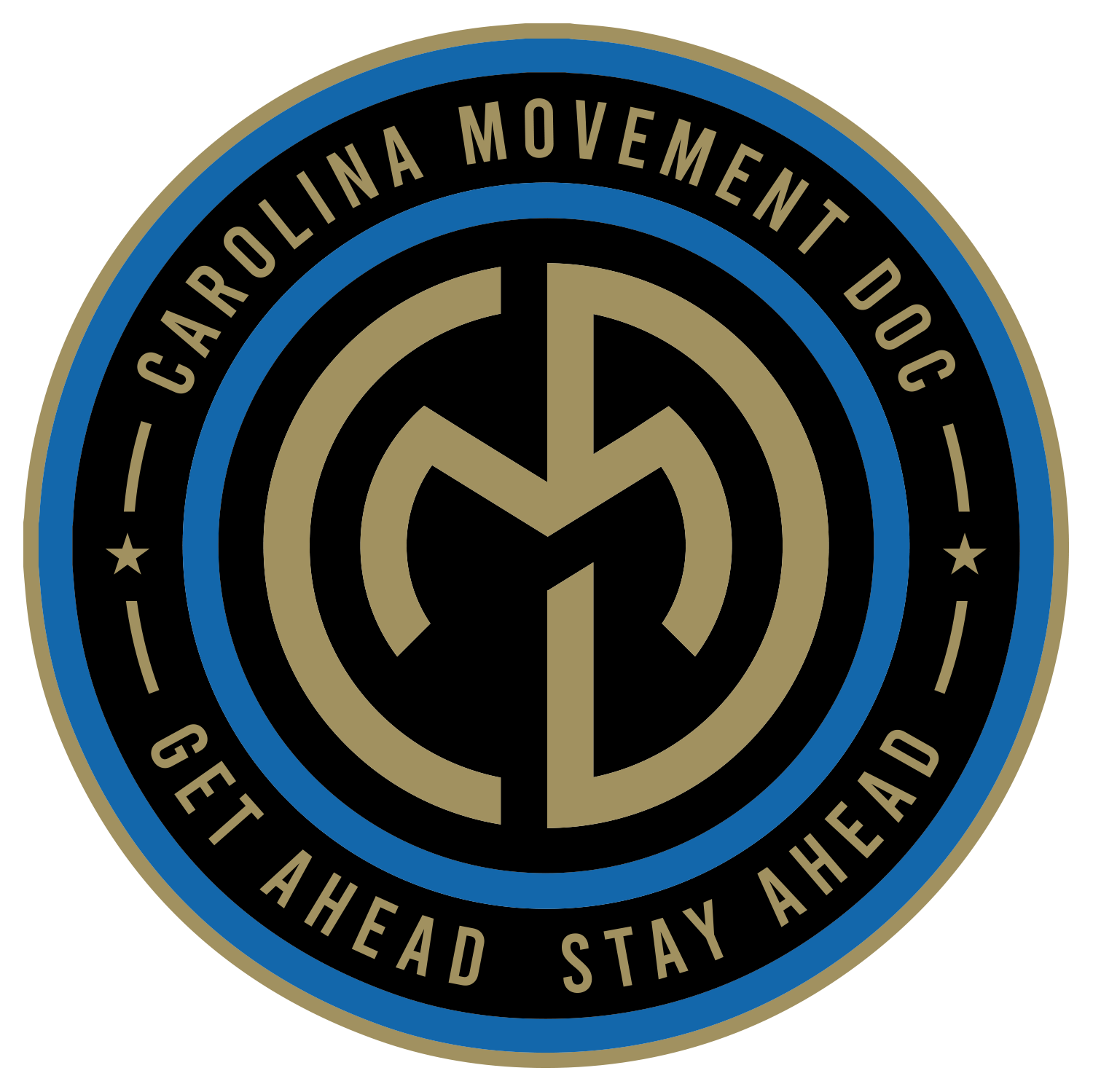How to Treat Tennis Elbow (and Still Crush It on the Court)
Whether you're serving aces on the tennis court or smashing dinks in pickleball (yes I know was a dink is), one thing that can quickly sideline your game is the dreaded Tennis Elbow. Despite its name, tennis elbow (lateral epicondylitis) affects athletes across racquet sports—yes, even you, diehard pickleballers logging 5-hour marathons at the courts (you know who you are and you should feel seen).
So let’s dive into what causes tennis elbow, how to treat it effectively—including dry needling, myofascial decompression (CupTherapy), targeted loading exercises, and smart return-to-sport strategies—and most importantly, how to keep your game strong without needing a permanent ice pack strapped to your elbow (insert picture of Lebron James with ice packs all over his legs.)
What Is Tennis Elbow, Really?
Tennis elbow is an overuse injury caused by repetitive wrist and forearm motions—hello, backhand—and leads to inflammation or degeneration at the tendons connecting to the outside of your elbow. It's not just a tennis thing; it’s become a pickleball rite of passage for many. Soon we’ll have to contact the medical board to change this to “pickleball elbow”.
Symptoms Include:
Pain on the outside of the elbow
Weak grip strength
Pain with lifting, gripping, or even holding your coffee cup (ouch!)
Step 1: Cool It—Literally and Figuratively
Before diving into treatment, let's make one thing clear: playing 4-5 hours of pickleball or tennis every single day is not a recovery strategy—it’s a fast-track ticket to the injury list.
🎾 Pro tip: If you’re out there more than Novak Djokovic, it might be time to schedule a rest day or two.
Step 2: Treat it like a champ
Dry Needling
Think of dry needling as a reset button for tight, irritated muscle tissue. By inserting a fine needle into trigger points or the affected tendon, we help reduce pain, increase blood flow, and release muscular tension.
It’s quick, effective, and no, it’s not as scary as it sounds—we promise, you’ll barely flinch (until we hit that magic spot). Here at CMD we will hook these needles up to electrical stimulation so we can have even more of a lasting effect without the soreness. LESS needles, MORE pain relief. That’s a win-win if you ask me.
Myofascial Decompression (CupTherapy)
Using suction cups (yes, just like Olympic swimmers), we can lift the skin and underlying tissue to release tension and improve circulation. This helps loosen up stiff forearm muscles and reduce the tension contributing to elbow pain.
Plus, let’s be real—those cup marks make you look like a warrior.
Loading Exercises
Here’s where the real magic happens. Properly loading the tendon with eccentric and isometric exercises helps strengthen and remodel the tissue. Our go-to exercises:
Wrist extensions with light dumbbells
Eccentric forearm curls
Isometric grip holds
Forearm barbell elevators with a kettlebell (stalk our insta for this one)
heavy plate flutters
And please—ditch the “no pain, no gain” attitude. We want controlled, progressive loading, not swinging a paddle until your arm goes numb.
Manual Therapy + Mobility Work
A little hands-on TLC from your PT (soft tissue work, joint mobilizations, stretching) can help restore normal movement patterns and reduce compensations. Pair that with mobility drills for the wrist, shoulder, and thoracic spine, and you’re golden.
Step 3: Return to Sport—The Smart Way
Returning to the court should be strategic and gradual:
✅ Start with short sessions: 30-45 minutes, not 4 hours.
✅ Warm up your forearm with mobility and light band exercises.
✅ Ease into intensity—avoid aggressive serves or hard-hitting rallies early on.
✅ Rest days are your new doubles partner.
And let’s not forget gear—sometimes a grip that's too small or a paddle that's too stiff can amplify strain. Check your equipment with a pro. Yes, there are professional pickleball players out there and they likely make more than most of us.
Final Thoughts: Play Smarter, Not Harder
Tennis elbow is common, but it’s treatable—and preventable. With the right physical therapy approach, including dry needling, CupTherapy, smart loading, and a realistic return-to-play plan, you can get back to crushing volleys without crushing your elbow.
Remember: Motion is Lotion, but 5-hour sessions aren’t a badge of honor—they’re a red flag. Respect your body, listen to your PT, and the court will still be there tomorrow.
Ready to tackle your tennis or pickleball elbow? Book a physical therapy session today and let’s get you back on your A-game.
